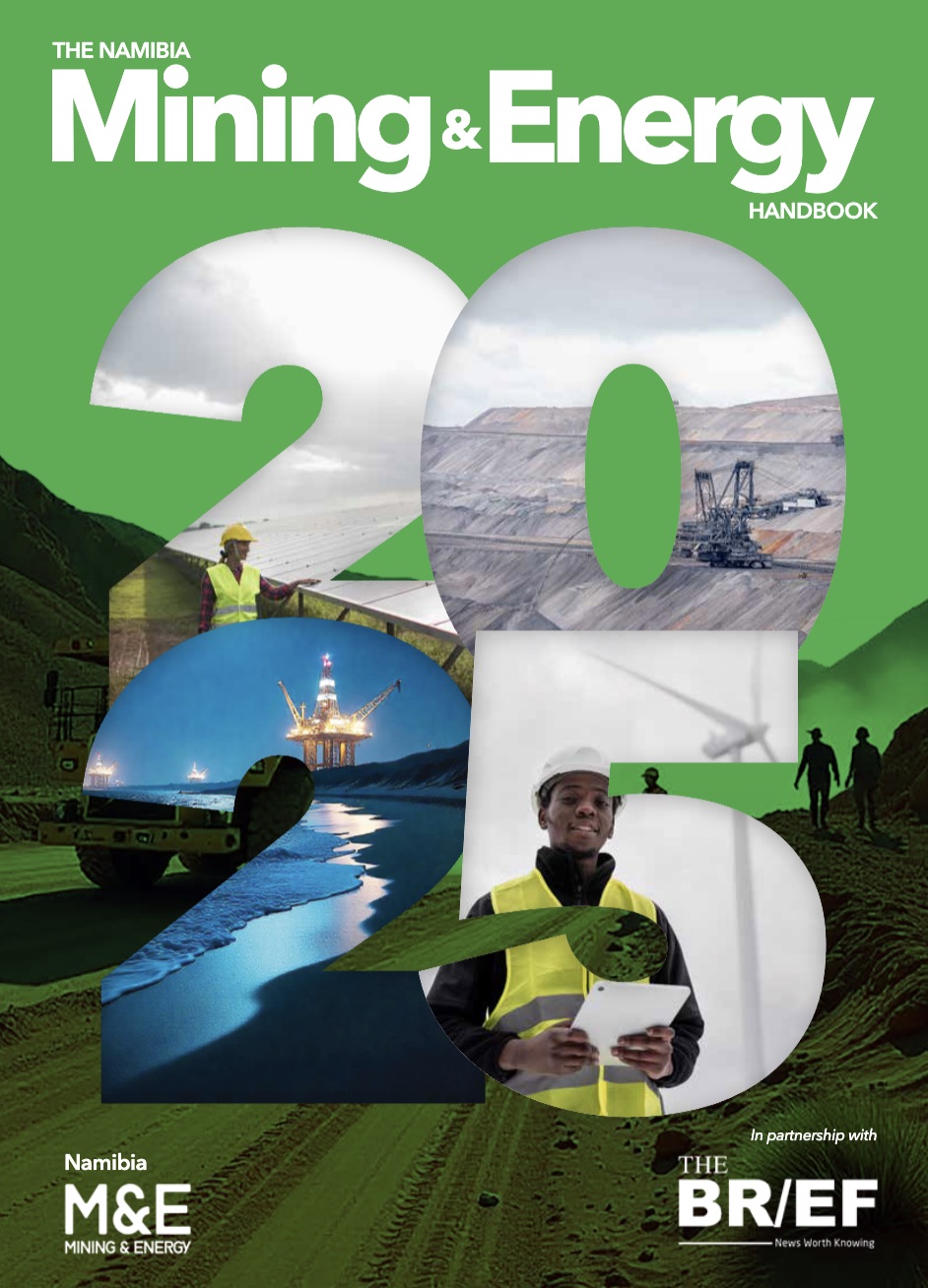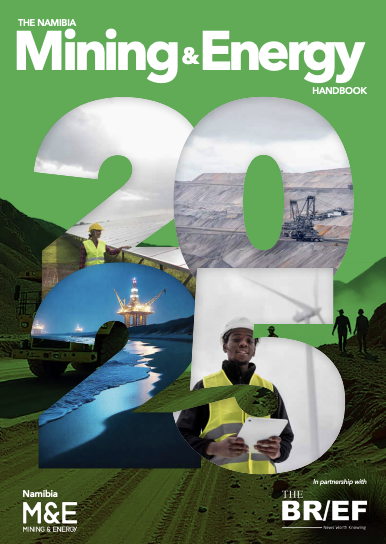
Namibia’s Gas Master Plan, spearheaded by the Ministry of Mines and Energy, will prioritise the development of shared infrastructure, an official has revealed.
Ministry of Mines and Energy’s Petroleum Commissioner Maggy Shino said the initiative, in collaboration with state-owned National Petroleum Corporation of Namibia (NAMCOR) and industry stakeholders, aims to lower operational costs and optimise resource utilisation.
“The establishment of common-use infrastructure is critical. It will facilitate the development of a robust petrochemical industry and help position Namibia as a regional leader in energy and industrial growth,” Shino said.
The Gas Master Plan also emphasises value addition within Namibia through in-country processing.
“Our focus is on adding value domestically. This involves not only efficiently utilising our resources but also ensuring that infrastructure like pipelines and processing facilities support our strategic goals for economic development and industrialisation,” Shino said.
The plan aims to establish a clear pathway for the country’s gas industry, focusing on value addition and the efficient use of resources.
“The primary purpose of the Gas Master Plan is to establish a clear and comprehensive strategy for Namibia’s gas industry. It will ensure that all stakeholders, from current operators to future developers, have a well-defined pathway for utilising our gas resources effectively,” Shino said.
The Commissioner noted that discussions are progressing with operators and the licensing board regarding necessary infrastructure designs.
“We’ve initiated talks with operators and the licensing board to outline the need for a central delivery point in the Orange Basin. This is crucial for streamlining gas delivery and optimising infrastructure use,” Shino said.
The plan includes a 12-inch pipeline designed to bring gas onshore. “Currently, we’re working with companies on designing a 12-inch pipeline that will accommodate the entire volume of resources within the Orange Basin. This infrastructure will be essential for efficient gas distribution,” Shino explained.
The Gas Master Plan envisions state-led design and ownership of the infrastructure, with potential public-private partnerships.
“The design and ownership of this infrastructure are intended to be led by the state, specifically NAMCOR. However, we also see value in public-private partnerships to ensure timely and effective infrastructure development,” Shino said.
Meanwhile, power independence and generation are also key aspects of the strategy.
“Our strategy prioritises achieving power independence for Namibia and the broader SADC region. While the volume of gas needed for power generation is relatively small, our focus will also be on developing a petrochemical industry to utilise our gas resources fully,” Shino noted.
The Gas Monetisation Plan will detail strategies for the complete utilisation of gas resources.
“As we anticipate future discoveries in the Lüderitz and Namib Basins, we may need to establish additional ports or landing points for gas. Our ultimate goal is to industrialise Namibia and ensure that every molecule of gas contributes to value addition,” she said.
This comes as the country’s Kudu gas reserves are expected to increase to 10 trillion cubic feet (TCF) from the current estimated 1.3 TCF.
The revised figure is due to the associated gas found within the Graff-1 well by Shell, Yonker, and TotalEnergies’ enormous Venus-1 offshore discovery.







